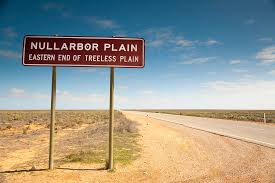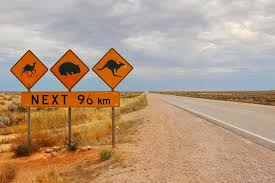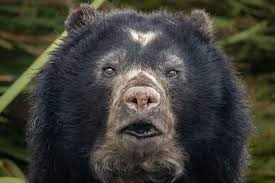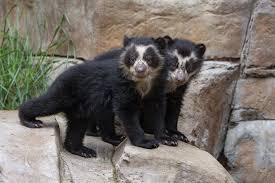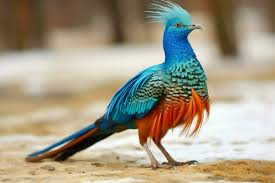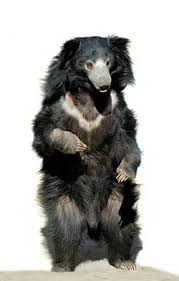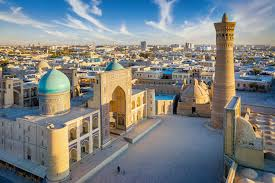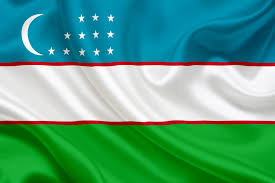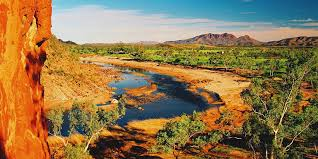I had a good night slept straight threw, didn’t
wake at all had 8hrs and 52mins sleep.
We have decided we need a new vacuum cleaner as
the one we have isn’t picking up stuff very well, it does a half ass job, so we
may go out to Target and get a new one today. We also bought a new toasted
sandwich maker.
This morning was cold, but the day warmed up, Tim
even changed into shorts and a tee shirt.
We picked up the photos that were printed and Tim
has hung them on the wall, but he wants one of them in a larger size which I
have ordered for him.
This afternoon I had a few scotches and cokes,
didn’t get drunk just a little tipsy.
BGL: 5.6
Steps: 9,666=4.90Klm’s
First day of term 3.
I had a good night slept straight threw again, had
8hrs and 2mins sleep, although the watch says I was awake for 20mins.
Sue and I drove Sam to Tafe then I went to have my
mamogram I was an hour early, but I was taken in quick.
After that we called in at a local cake shop to get a
cream bun each, then we stopped at the post office so Sue could go in and get
me stamps, the cost of stamps has gone up again it is now $1.70 to send a local
letter.
The we stopped at the plaza so I could drop a script
into the chemist.
Then home, I haven’t felt like doing much for the rest
of the day.
BGL:5.7
Steps:7.727=3.92Klm’s
Another good night slept for 9hrs and 27min, didn’t wake at all,
this morning it is 12C but doesn’t feel that bad at the moment.
Tim has work today which is good and Sam has school, and I have
nothing.
I cleaned behind the toaster oven and behind the toilet, well as
vacuuming and with Sue’s help I changed the cover on Tim’s chair. I tried the
new toasted sandwich maker it is ok but for standard sandwiches I prefer the
other one, the new one will be good when I have toasted spaghetti sandwiches.
I rode the scooter up to meet Sam just didn’t feel like walking.
BGL:5.5
Steps:6,101=3.08Klm’s
Another good night slept for 8hrs and 27min,
didn’t wake at all, this morning it is 12C.
Tim has work again today, I am waiting for him to
leave before I have a shower. I turned the bathroom heater on when I got up so
the room will be warm when I go in for the shower.
Tim turned the heater off, so the bathroom was
cold I was somewhat annoyed.
Had the pharmacist come to go over my medications,
all is good he will follow up in a couple of months’ time.
Jessica discovered someone had written Fuck on her
car in chalk, Tasha caught it on her security camera it was one of the
neighbour’s kids.
BGL:5.4
Steps:12,083=6.13Klm’s
Another good night slept for 9hrs and 10min, didn’t
wake at all, this morning it is 7C.
Tim has work again today, but not till this arvo.
Tim and Jess went to bunnings to get extra security
cameras for her house.
I went shopping with Sue which was great doing this
makes me feel like I am living a normal life, like I did before Covid. I can
never thank Sue enough for making me feel somewhat normal again.
The afternoon was warm.
BGL: 5.5
Steps: 8,081=4.11Klm’s
Another good night slept for 9hrs and 17min,
didn’t wake at all, this morning it is 1C.
Tim will be up and off to work in an hour or so.
By 10am it had started to warm up and by midday it
was 17C.
I emptied the recycle boxes into the recycle bin
outside and managed to fill the bird bath with water as well as toss out bread
and bird seed for them.
I walked up to meet Sam and Jess came with me she
wanted to show me a couple of clips on her phone, funny stuff it also, made me
laugh. So, we were both there when Sam arrived.
BGL:5.2
Steps:8,157=4.14Klm’s
Had another good night slept for 8hrs and 59min, I was awake for
only 12mis, this morning it’s not as cold with a temp of 10C
Tim will be up at 6.30am as he is working all day. Jess is also
working today.
It started out wet but by 10am it had fine up, a parcel arrived
from Temu today more gifts and a few things for me as well.
Sam and Bailey came over to make food, Bailey gave me a cupcake which
was nice.
Tim home at 6.15pm.
BGL:5.3
Steps:9,192=4.66Klm’s





